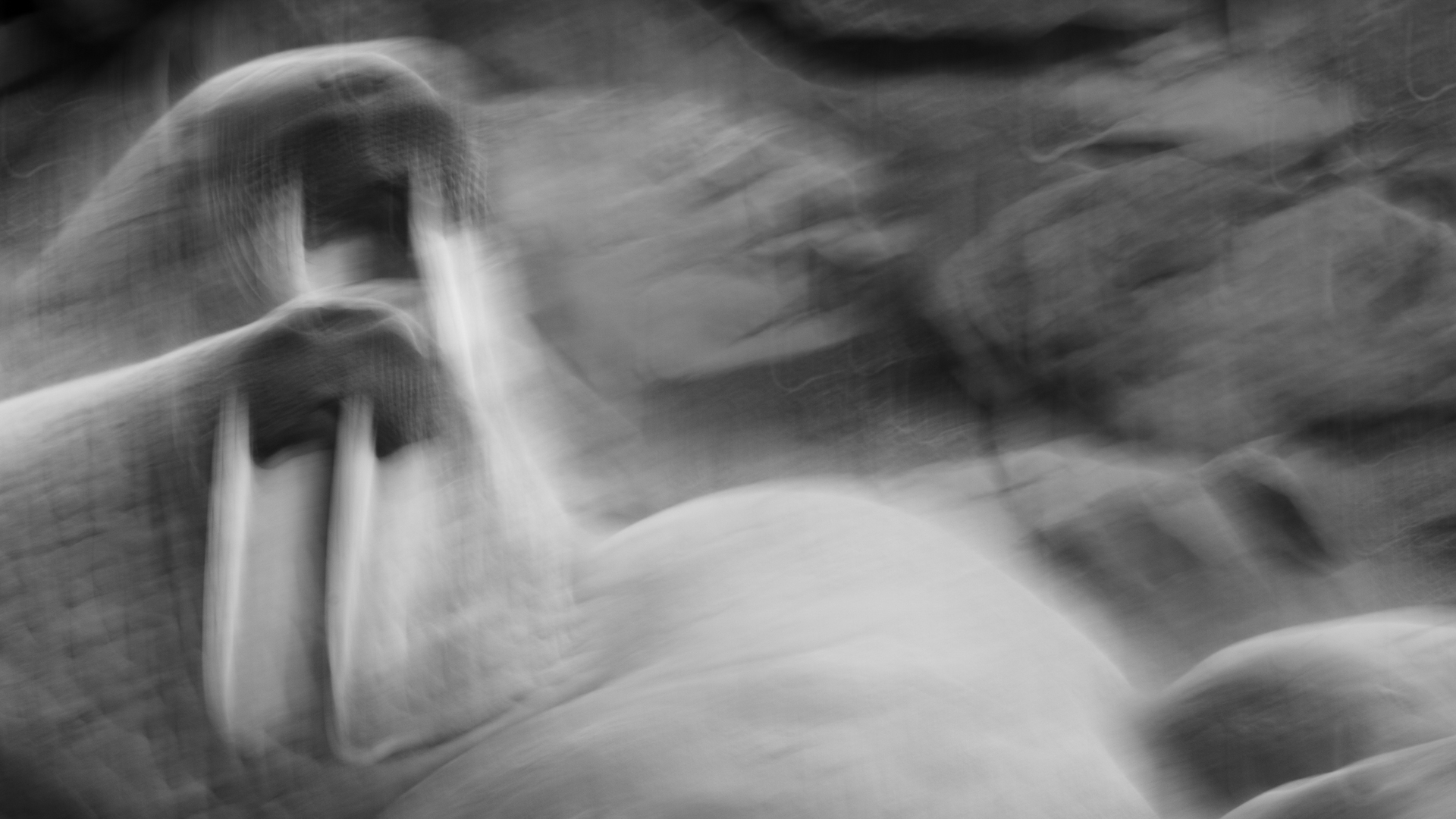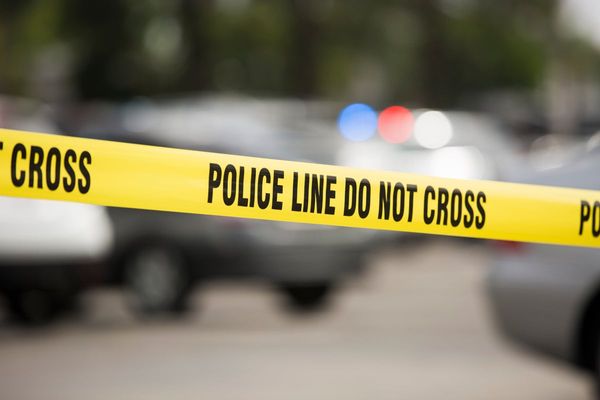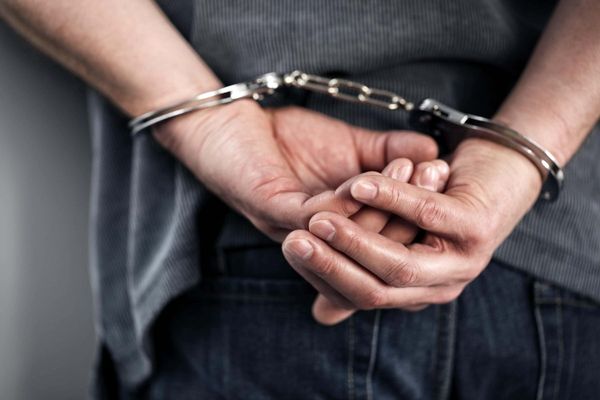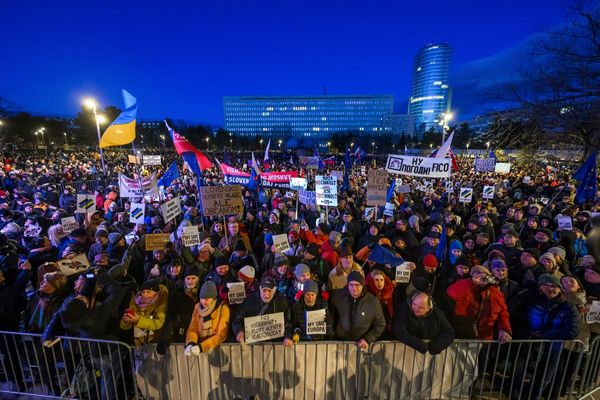
This morning, I finally found myself back in the office. It feels like forever since I was last at my desk. The past few weeks have been packed with tasks that kept me away from home and any sense of routine in my work. But today, with fresh coffee brewed in my favorite mug, I’m actually excited to settle down at the monitor – something I don’t say too often!
Today’s focus is on the creative side of work, which largely explains my enthusiasm for sitting down (and standing up) at my workstation. Having been on multiple trips this year, I’ve accumulated a huge backlog from projects in the UK as well as images from a recent trip to Svalbard. While the files are already ingested into my hard drives and backed up, they’re still a long way from being processed as final images.
When I first started out, this editing time-lag wouldn’t have existed. My impatience to see the results of a day’s shooting would have guaranteed that the moment I walked through the door, I’d pull the cards from my cameras and started downloading them into Lightroom before my boots had a chance to dry on the mat. With adrenaline still pumping, I’d eagerly flick through and edit the shots – only to often feel a tinge of disappointment. Images that had seemed perfect hours before suddenly didn’t live up to my expectations!

Over the years, however, I’ve learned that time is a critical element in the process of photography, including editing. Not just in the hours spent at the computer adjusting sliders and curves, but more importantly, in allowing ourselves to detach emotionally from the shots and see them more objectively. When emotions settle and we’re no longer in the immediate post-shoot excitement, we gain far more clarity in the editing process. This pause offers a chance to re-examine the images, and often, we find hidden gems – the frames that stand out not because of our excitement in the moment, but because they are genuinely strong images. These are shots that might have been overlooked had they been edited the same day they were captured.
So today, as my RAID hums in the background, I’m looking forward to working through my images from the ice with the mindset of an editor rather than an attached photographer. This break between shooting and editing has certainly helped me develop as a photographer, and it’s something well worth trying yourself. You may be surprised at how you see your images in a new light and often find shots that are better than those you initially selected. Shoot like a photographer, edit like an editor. Give yourself some time, and stop looking at those images right away!
You might be interested in the best cameras for wildlife photography, along with the best lenses for wildlife photography.







